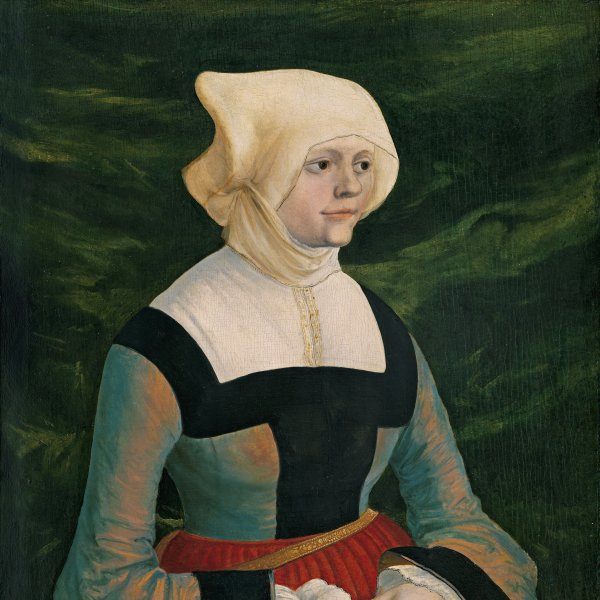Albrecht Altdorfer
(?), ca. 1480-Ratisbon, 1538
The first surviving document relating to Altdorfer dates from 1505, the year that he obtained citizenship in Ratisbon. Nothing is known of his initial training although the minute detail and painstaking technique of his work suggests a possible training as a miniaturist. It has also been suggested that he may have been the son of the painter and illustrator Ulrich Altdorfer, documented for the last time in 1491 in Ratisbon. Albrecht Altdorfer lived until the end of his life in that city where in addition to his activities as a painter, printmaker, stained-glass designer and municipal architect, he played a prominent role in local politics and was elected mayor in 1528. During his initial phase Altdorfer signed his works with a monogram formed from a double A. There is no evidence to suggest that he travelled to Italy but his works reveal the influence of Italian painting, particularly mythological and allegorical compositions which he probably knew through prints. Altdorfer admired and carefully studied the work of the great German masters of the day including Dürer and Cranach. While most of his works are religious, his major contribution to German painting was his innovative conception of landscape. Along with Wolf Huber, Altdorfer was the key figure of the Danube School, which transformed landscape into an independent genre. Landscape with a Bridge, in the National Gallery, London, and Landscape with a Castle, in the Alte Pinakothek, Munich, are considered by many to be the first European landscape paintings. Altdorfer also executed numerous drawings and prints of pure landscapes. He became a celebrated artist, receiving important commissions throughout his lifetime. Altdorfer worked for Maximilian I and his most important painting, The Battle of Alexander at Issus (Alte Pinakothek, Munich), was executed around 1529 on commission from Count William IV of Bavaria.





